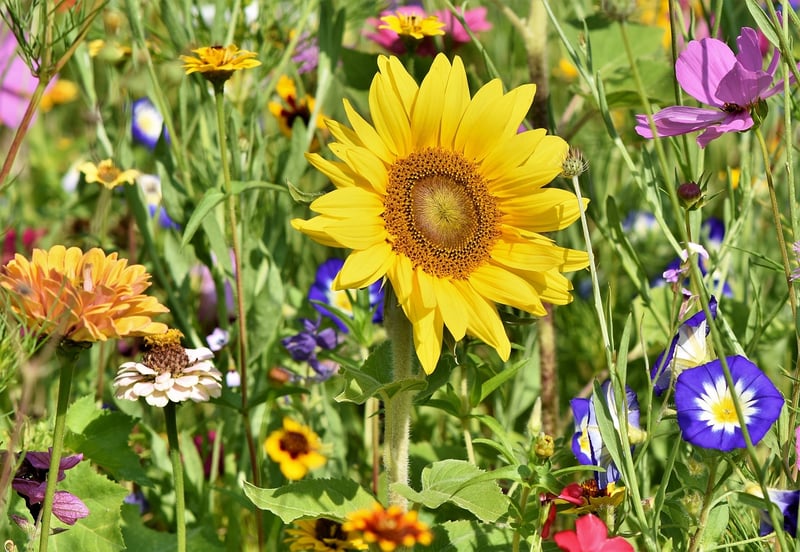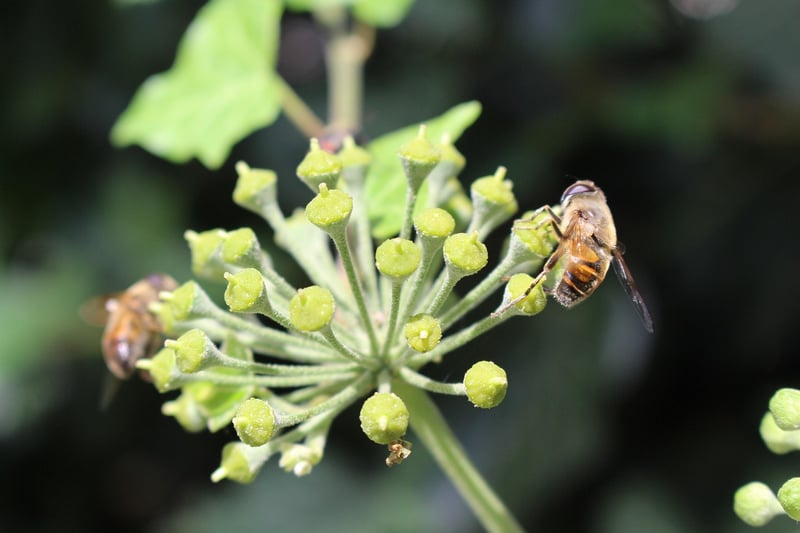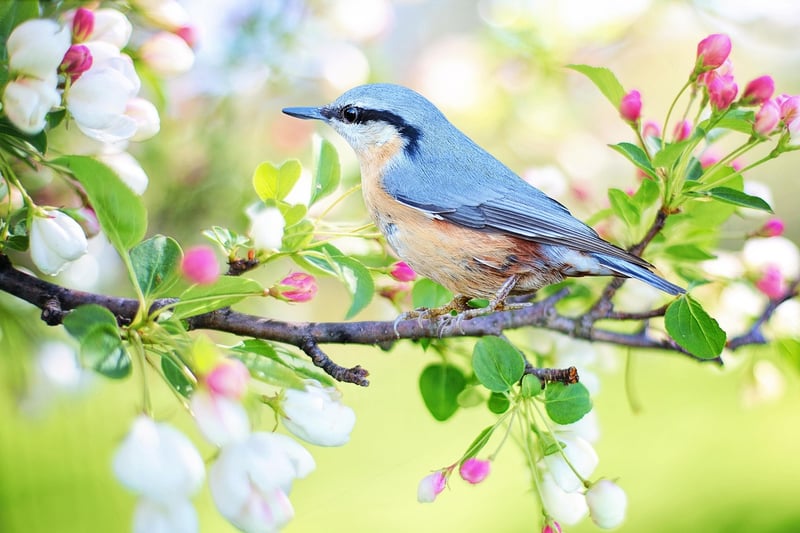Balanced Ecosystem Designs
Promoting Ecological Balance through Balanced Ecosystem Designs
Ecological balance is vital for the health of our planet and all its inhabitants. By creating balanced ecosystem designs, we can help restore and maintain harmony in nature. Let's explore how we can promote ecological balance through thoughtful ecosystem planning.
The Importance of Ecological Balance
Ecological balance refers to the delicate equilibrium of ecosystems where all living organisms, plants, and animals coexist and interact in a sustainable manner. When this balance is disrupted, it can lead to negative consequences such as habitat loss, species extinction, and climate change.
Benefits of Balanced Ecosystem Designs
1. Biodiversity Preservation: Balanced ecosystem designs help preserve biodiversity by providing habitats for a variety of plant and animal species.
2. Natural Resource Management: Well-designed ecosystems can help manage natural resources such as water, soil, and air in a sustainable manner.
3. Climate Regulation: Healthy ecosystems play a crucial role in regulating the climate by absorbing carbon dioxide and releasing oxygen.
Principles of Balanced Ecosystem Designs
- Native Plant Selection: Use native plants in your ecosystem designs to support local wildlife and promote biodiversity.
- Water Conservation: Implement water-saving techniques like rainwater harvesting and drip irrigation to reduce water consumption.
- Integrated Pest Management: Avoid harmful pesticides and opt for natural pest control methods to protect beneficial insects.
- Habitat Diversification: Create diverse habitats within your ecosystem to attract a wide range of species and promote a healthy ecosystem.
Examples of Balanced Ecosystem Designs
1. Rain Garden: A rain garden is designed to capture and absorb rainwater, reducing runoff and supporting native plant species.

2. Permaculture Farm: Permaculture farms use sustainable farming practices to create self-sufficient ecosystems that produce food while preserving the environment.

Conclusion
By embracing balanced ecosystem designs and incorporating sustainable practices into our daily lives, we can contribute to the restoration and preservation of ecological balance. Let's work together to create a harmonious relationship between humans and nature for a healthier planet.
